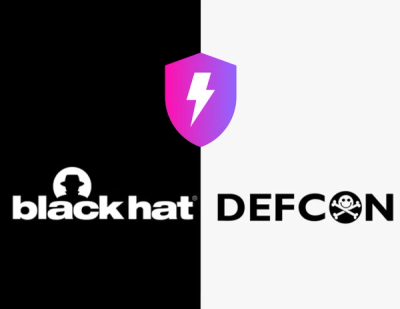
Research
/Security News
Contagious Interview Campaign Escalates With 67 Malicious npm Packages and New Malware Loader
North Korean threat actors deploy 67 malicious npm packages using the newly discovered XORIndex malware loader.
hapi-auth-basic
Advanced tools
Lead Maintainer: Matt Harrison
Basic authentication requires validating a username and password combination. The 'basic' scheme takes the following options:
validate - (required) a user lookup and password validation function with the signature [async] function(request, username, password, h) where:
request - is the hapi request object of the request which is being authenticated.username - the username received from the client.password - the password received from the client.h - the response toolkit.{ isValid, credentials, response } where:
isValid - true if both the username was found and the password matched, otherwise false.credentials - a credentials object passed back to the application in request.auth.credentials.response - Optional. If provided will be used immediately as a takeover response. Can be used to redirect the client, for example. Don't need to provide isValid or credentials if response is providedBoom.unauthorized errorcredentials are only included when isValid is true, but there are cases when the application needs to know who tried to authenticate even when it fails (e.g. with authentication mode 'try').allowEmptyUsername - (optional) if true, allows making requests with an empty username. Defaults to false.unauthorizedAttributes - (optional) if set, passed directly to Boom.unauthorized if no custom err is thrown. Useful for setting realm attribute in WWW-Authenticate header. Defaults to undefined.const Bcrypt = require('bcrypt');
const Hapi = require('hapi');
const users = {
john: {
username: 'john',
password: '$2a$10$iqJSHD.BGr0E2IxQwYgJmeP3NvhPrXAeLSaGCj6IR/XU5QtjVu5Tm', // 'secret'
name: 'John Doe',
id: '2133d32a'
}
};
const validate = async (request, username, password, h) => {
if (username === 'help') {
return { response: h.redirect('https://hapijs.com/help') }; // custom response
}
const user = users[username];
if (!user) {
return { credentials: null, isValid: false };
}
const isValid = await Bcrypt.compare(password, user.password);
const credentials = { id: user.id, name: user.name };
return { isValid, credentials };
};
const main = async () => {
const server = Hapi.server({ port: 4000 });
await server.register(require('hapi-auth-basic'));
server.auth.strategy('simple', 'basic', { validate });
server.auth.default('simple');
server.route({
method: 'GET',
path: '/',
handler: function (request, h) {
return 'welcome';
}
});
await server.start();
return server;
};
main()
.then((server) => console.log(`Server listening on ${server.info.uri}`))
.catch((err) => {
console.error(err);
process.exit(1);
});
FAQs
Basic authentication plugin
The npm package hapi-auth-basic receives a total of 2,170 weekly downloads. As such, hapi-auth-basic popularity was classified as popular.
We found that hapi-auth-basic demonstrated a not healthy version release cadence and project activity because the last version was released a year ago. It has 7 open source maintainers collaborating on the project.
Did you know?

Socket for GitHub automatically highlights issues in each pull request and monitors the health of all your open source dependencies. Discover the contents of your packages and block harmful activity before you install or update your dependencies.

Research
/Security News
North Korean threat actors deploy 67 malicious npm packages using the newly discovered XORIndex malware loader.

Security News
Meet Socket at Black Hat & DEF CON 2025 for 1:1s, insider security talks at Allegiant Stadium, and a private dinner with top minds in software supply chain security.

Security News
CAI is a new open source AI framework that automates penetration testing tasks like scanning and exploitation up to 3,600× faster than humans.